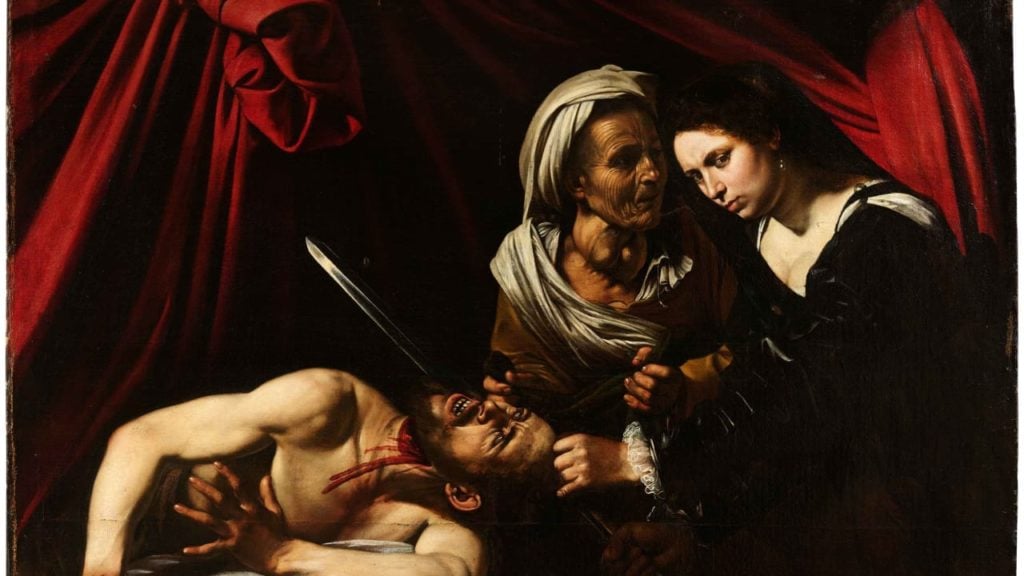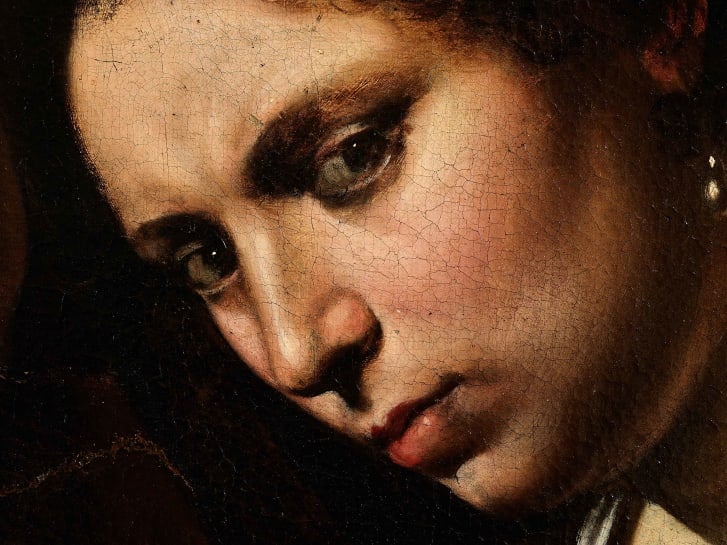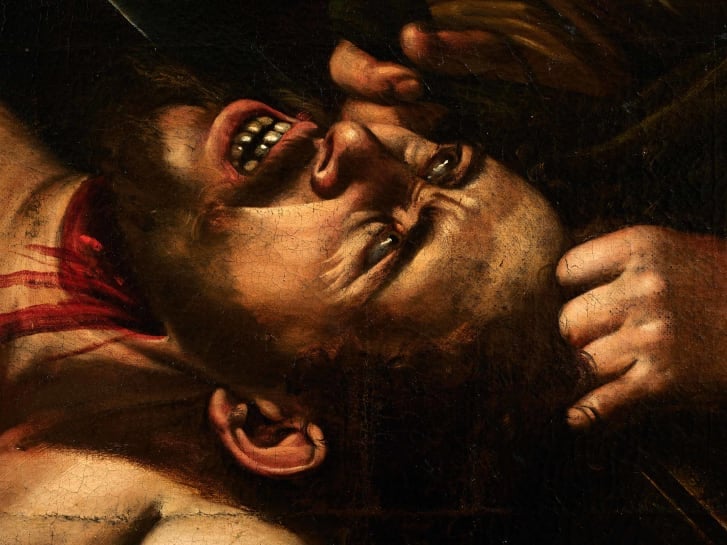Auctions
A Long-Lost Painting Experts Say Is by Caravaggio Was Discovered in an Attic. It Could Fetch $171 Million at Auction
Opinions are divided as to the painting's authenticity, but the auction house is still predicting a monster sale.

Opinions are divided as to the painting's authenticity, but the auction house is still predicting a monster sale.

Sarah Cascone

An unlikely art-historical find could make waves at auction this summer when a painting that experts claim is the long-lost second version of Caravaggio’s Judith Beheading Holofernes (circa 1607) hits the block. The canvas, which was discovered in a French attic back in 2014, has a presale estimate of €100 million to €150 million ($114 million to $171 million). In an unorthodox move for such a highly valued painting, it will be sold without a reserve (the minimum price at which a seller agrees to part with a work).
“There are only 65 of his paintings in the world, and I found the 66th painting in an attic,” Toulouse-based auctioneer Marc Labarbe told CNN. “It’s incredible, but it’s true.” He brought the dusty, water-stained piece to Parisian Old Master dealer and appraiser Eric Turquin, who identified it as a lost work of the Italian Renaissance master.
The world first learned of the painting’s existence in 2016, when it was unveiled by the French Ministry of Culture. The government placed a 30-month export ban on the painting, which expired in December, after France passed on a purchase. Following careful examination by the Center for Research and Restoration of Museums of France, the canvas underwent a restoration.
The painting will be auctioned in Toulouse, the same city where it was found, on June 27. Ahead of the sale, it will be on view at London’s Colnaghi gallery from March 1 through 9 before traveling to New York and Paris, according to the Evening Standard.
But not everyone agrees the work is by Caravaggio’s hand. When the work was exhibited at Milan’s Pinacoteca di Brera, one art historian resigned from the board in protest. (The museum presented the attribution to Caravaggio with an asterisk.)

Caravaggio, Judith Beheading Holofernes (circa 1607), detail. Courtesy of Cabinet Turquin.
One of the most iconic subjects in the history of art, Judith beheading Holofernes is a biblical tale from the Old Testament’s Book of Judith. As her hometown Bethulia is under siege, the heroine seduces the Assyrian general and then slays him to save her people from his army. Caravaggio painted the grisly scene twice. The first canvas, created in Rome, now belongs to the National Gallery of Ancient Art at Rome’s Palazzo Barberini.
As evidence that the newly discovered painting is the fabled second version of the biblical scene, historians cite a 1607 letter from the Flemish painter Frans Pourbus the Younger mentioning the work in the studio of the painter and art dealer Louis Finson, a follower of Caravaggio. The canvas is also mentioned in Finson’s 1617 will, and again two years later in an inventory of the estate of his associate Abraham Vinck. After that, the painting falls out of history.

Caravaggio, Judith Beheading Holofernes (circa 1607), detail. Courtesy of Cabinet Turquin.
Opinions regarding the authenticity of the newly discovered version remain divided. Finson is known to have made a copy of the painting, and Caravaggio specialist Mina Gregori believes this painting is by the lesser-known artist’s hand.
Believers in the work cite its overall quality and the presence of pentimenti beneath the surface, which show how the artist reworked the composition during its creation—less likely in a copy.
Unveiling the painting to press today at Colnaghi in London, the auctioneer Labarbe revealed that before the work was rediscovered, it was almost lost forever. Several years before the owners pulled the painting out of their attic, burglars broke into their home and took perfume bottles and other objects. But they left the painting behind, having deemed it worthless.